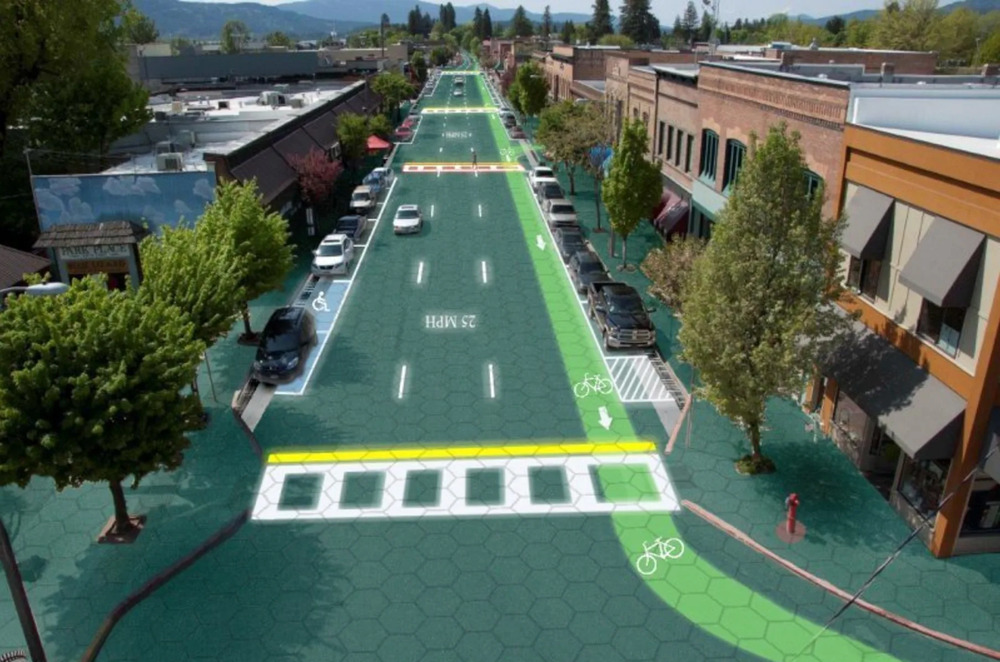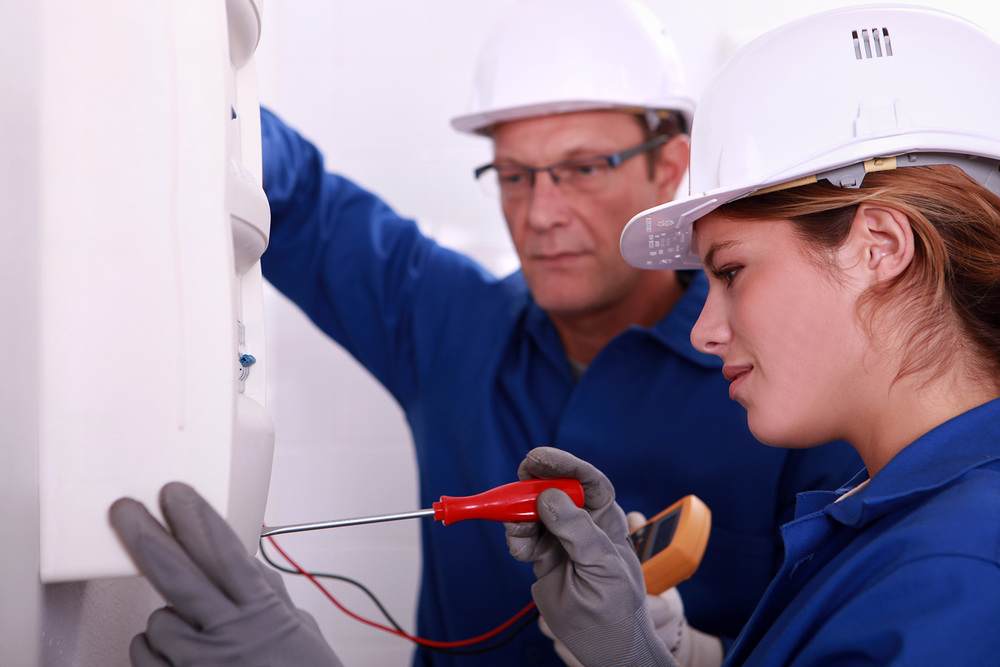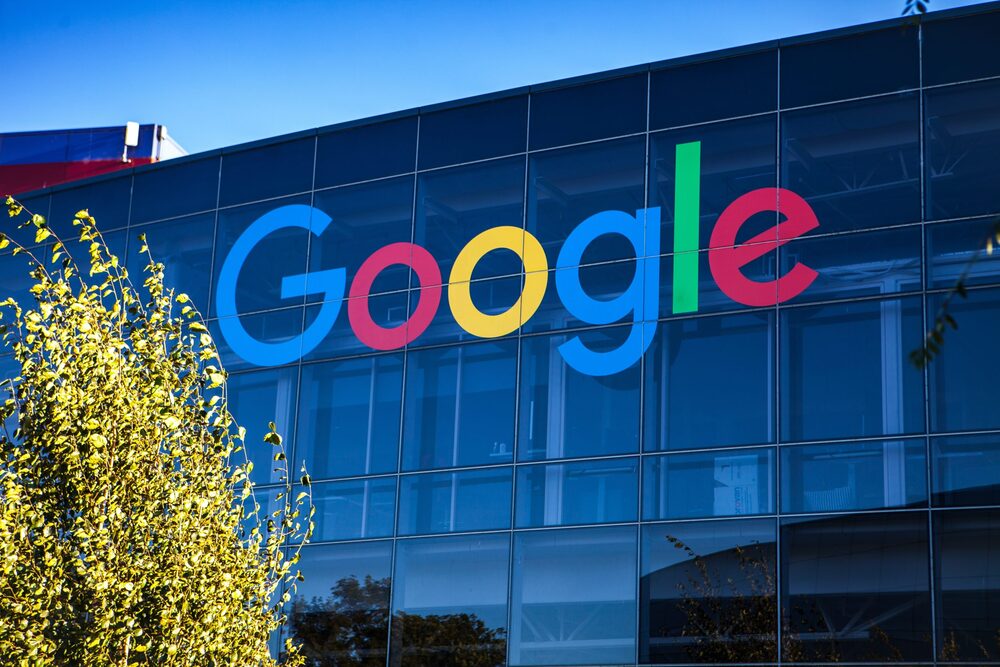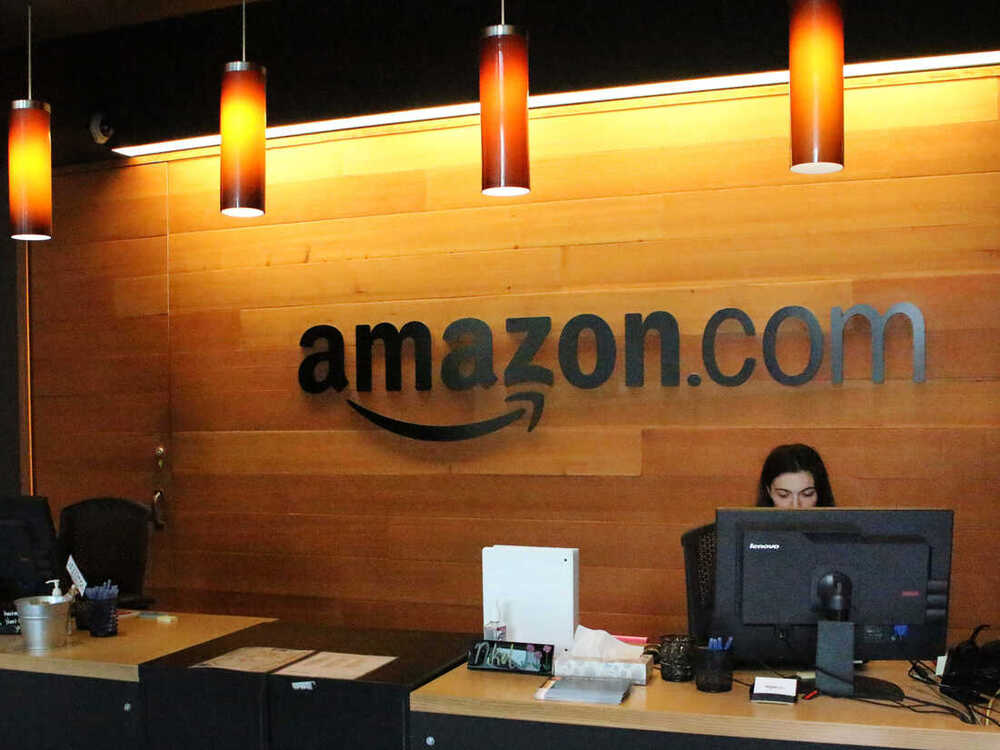Sometimes an idea comes along that has so many benefits, that makes so much sense – that could literally change the world – that it must surely be impossible. The Solar Roadways project is one such idea, although to be accurate it is now much more than idea.
Julie Brusaw came up with the concept while chatting with her husband Scott a decade ago. What if they could replace all the asphalt and concrete roads and sidewalks with solar panels? An off the cuff comment became their obsession and the couple have totally immersed themselves in the project ever since.
A $750,000 contract from the Federal Highway Administration in 2009 allowed the couple to build their first prototype. The results of a wide range of tests have shown that the idea is absolutely feasible and they are now looking to move to a commercial footing through a $1 million crowdsourcing capital raising with Indiegogo.
Projects have been discussed with various local governments and Amtrak (to de-ice platforms) and the Republican Senator for Idaho, Mike Crapo, has given his public support.
The potential benefits of Solar Roadways are quite staggering.
In the US alone there are around 31,000 square miles (80,000 square kilometres) of roads, sidewalks, parking lots, playgrounds and other impervious surfaces (excluding rooftops, which are not being targeted by the project). The Brusaw’s conservative calculations show that if this area was covered with their solar panels, more than 3 times the amount of electricity required by the US would be produced, eliminating the need for coal-burning power stations and reducing US carbon emissions by 50%.
If that’s not enough, consider the following:
- Heating elements in the toughened, textured glass surface would eliminate ice and snow from roads
- LED lights would create clear lines in all conditions and intelligent, active text could be used for safety and other purposes
- Recharging points would eliminate distance as an obstacle for the widespread uptake of electric cars
- Eliminate the cost overhead of maintaining traditional roads, in fact these roads pay for themselves
- Eliminate costly traffic congestion due to traditional road repairs
Here’s an overview of the project including how the solar roadway panels are constructed:
Here’s the Solar Roadways Indiegogo video:
The Brusaw’s correctly point out that our current roads essentially use the same design as the very first asphalt roads. They are antiquated, old technology and it’s time to move into the future with smarter and more productive roads. Asphalt is a very expensive material and road maintenance is both costly and disruptive to road users. Solar roads pay for themselves.
This obviously won’t happen overnight, but the possibilities and benefits are simply too big to ignore.






